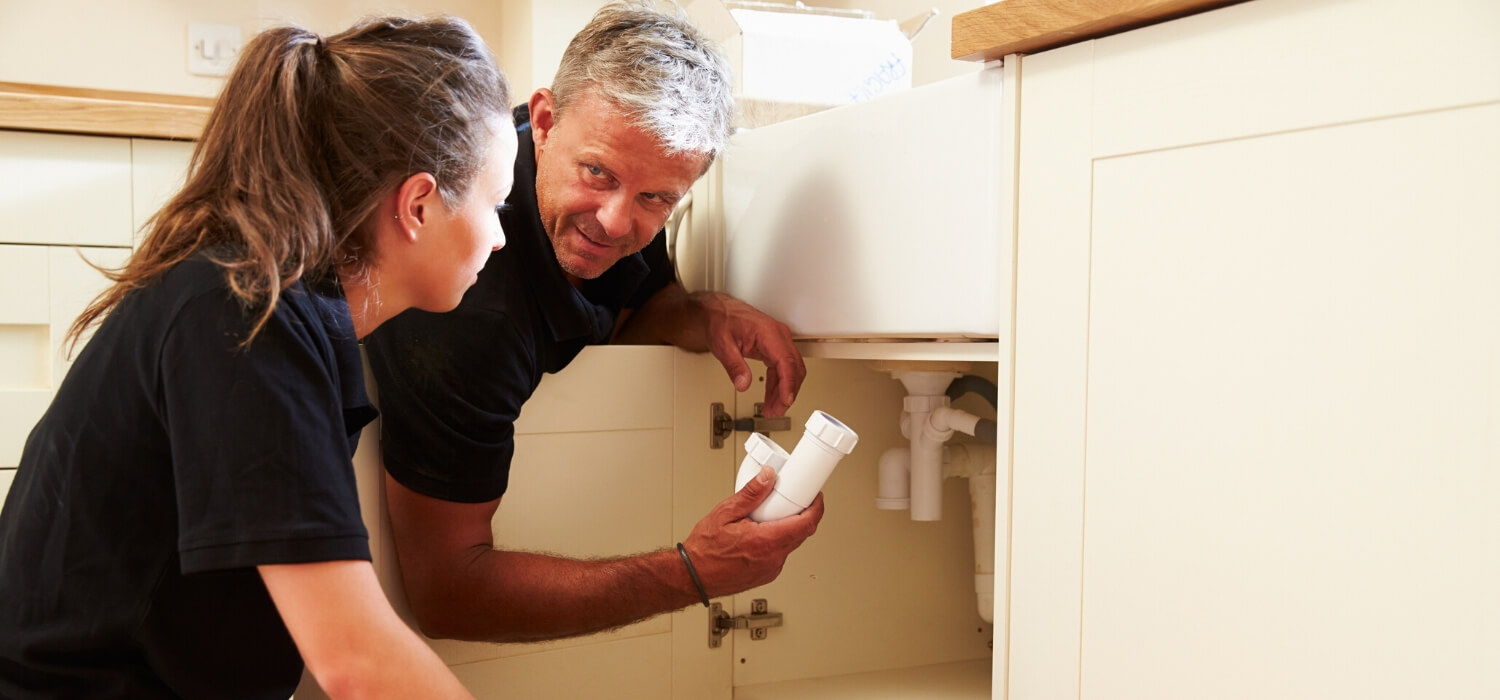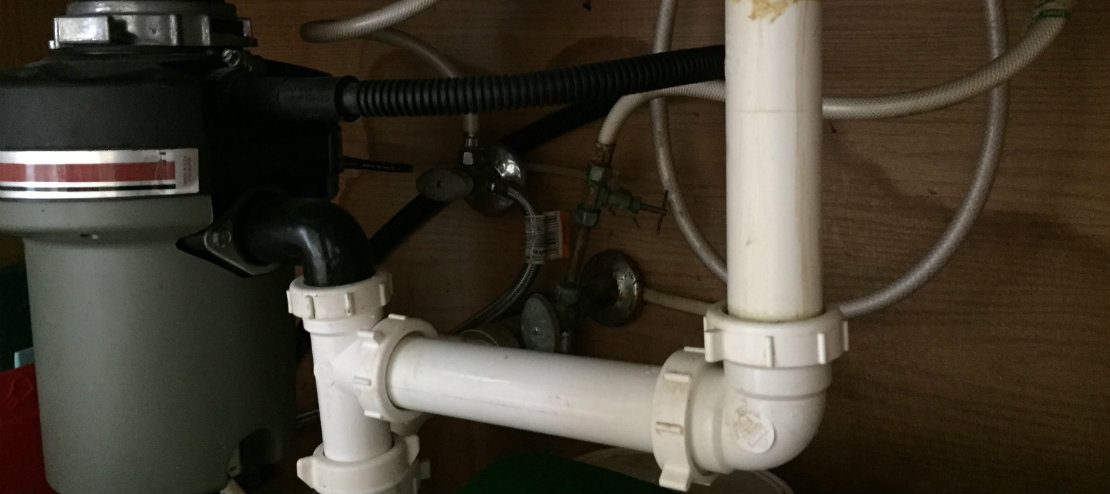Halting Common Plumbing Issues in Your Home: Specialist Recommendations
Halting Common Plumbing Issues in Your Home: Specialist Recommendations
Blog Article
The article author is making a few great points relating to Tips on How to Prevent Plumbing Issues in Your House in general in the article directly below.

Introduction
Maintaining a useful plumbing system is essential for a comfortable home. By taking safety nets, you can prevent typical plumbing problems that might interrupt your daily life and incur expensive repair work.
Monitor Water Pressure
Keep an eye on your water pressure to stop anxiety on your pipes and home appliances. High water stress can bring about leakages and damage gradually. Think about installing a pressure regulator to maintain ideal water stress throughout your home.
Enlighten Home Members
Educate every person in your home regarding appropriate plumbing methods. Educate them what must and should not be flushed or gotten rid of away to prevent preventable plumbing issues.
Protect Pipes from Freezing
During cold weather, take actions to stop your pipelines from cold. Shield exposed pipes, particularly those in unheated areas like cellars and attic rooms. Allow faucets to drip during freezing temperatures to avoid water from freezing in the pipes.
Address Leakages Immediately
Deal with any kind of leakages or drips as quickly as you see them. Also minor leaks can waste water and trigger damages to your home with time. Tighten loose installations or replace damaged seals to stop leaks from getting worse.
Routine Maintenance Checks
On a regular basis inspecting your plumbing system is vital for determining possible concerns before they escalate. Examine pipelines, taps, bathrooms, and home appliances for leaks, corrosion, or signs of wear and tear.
Enjoy What You Flush
Bear in mind what you purge down your bathrooms. Prevent flushing items such as wipes, cotton balls, hygienic items, and paper towels, as these can trigger blockages and back-ups in your pipes.
Proper Disposal of Oil and Food Waste
Dispose of oil, oils, and food scraps appropriately to stop build-up in your pipelines. Stay clear of putting grease down the drain, as it can strengthen and create obstructions. Use a strainer in your kitchen area sink to capture food particles and empty it routinely.
Be Mild with Plumbing Fixtures
Stay clear of using extreme pressure when operating plumbing components such as faucets and valves. Rough handling can create deterioration, resulting in leakages and other malfunctions.
Normal Drain Cleansing
Set up normal drain cleansing to avoid build-up of hair, soap residue, and various other debris. Use a drainpipe serpent or chemical cleaner to get rid of obstructions and keep smooth drainage.
Set Up Water Softeners
Think about mounting a water softener if you have hard water. Tough water can cause mineral accumulation in your pipelines and appliances, bring about minimized water circulation and performance.
Conclusion
Protecting against common plumbing issues in your home needs persistance and regular maintenance. By adhering to these safety nets, you can guarantee that your plumbing system runs smoothly and avoid expensive fixings in the future.
Common Plumbing Problems Most Homeowners Face
When encountering problems with their plumbing, people sometimes attempt to fix them using DIY methods rather than call expert plumbers. But let’s face it; while DIY repairs may seem like a less expensive option, the reality is that in the long run, they often turn out to be more expensive, especially if you don’t have the expertise and tools many of these plumbing fixes require.
This post will highlight some of the most common plumbing problems facing homeowners. Because, as they say, knowing is half the battle—and knowing how to spot the tell-tale signs of various plumbing issues can help you in preventing them.
Dripping Faucets
One of the most common plumbing issues at home is dripping faucets. At some point, all homeowners and renters will experience a continually dripping faucet, which can be annoying and cost you money.
Besides the annoying sound, dripping faucets result in water wastage and an increased water bill. It’s astounding how quickly little drops of water can add up to a larger amount. For example, experts estimate that one faucet dripping at the rate of one drip per second accounts for 3,000 gallons of water annually, equivalent to 180 showers. Furthermore, studies show that fixing leaks helps save up to 10 percent on your water bill.
Dripping faucets are usually caused by a worn-out internal washer or O ring, which you can easily replace. Another cause of a dripping faucet may be corrosion or improper faucet installation.
Clogged Drains And Toilets
Another example of the most common plumbing problems is clogged drains and toilets. Clogged drains and toilets are characterized by water backing up as you shower or empty a sink. The most commonly used method to clear clogged drains and toilets is to use a plunger or a plumber’s pipe snake.
When attempting to unclog a drain pipe, you may be tempted to use a commercial drain cleaner. But by doing so, you run the risk of damaging your pipes and causing harm to the environment. Commercial drain cleaners may prove helpful in preventing hair, soap, toilet paper, and toothpaste from clogging your drains, but they may not be as effective against other blockages, like brush bristles or toothpaste caps.
You can fix a blocked drain using routine drain cleaning material and prevent further drain clogging by installing a drain guard. However, multiple clogged drains are a red flag indicating severe drainage blocks and a possible plumbing emergency. If you have multiple blocked drains, this is a situation best handled by expert plumbers.
Problematic Water Heaters
This plumbing issue is easy to spot because you get ice-cold water from your shower rather than pleasant warm water. If your water heater provides little to no hot water, you might be dealing with a plumbing crisis. Other plumbing problems that involve the water heater include:
Sediment buildup Corrosion or rust Broken valves Dripping water Water discoloration Inexplicable noises Unpleasant smell from bacteria buildup Low Water Pressure
Another of the most common plumbing problems is leaky faucets. Leaky faucets produce a continually annoying dripping sound and can cause weaker water pressure.
Low water pressure can occur suddenly or gradually develop over time. Low water pressure makes it difficult to do everyday chores, like rinsing, washing dishes, and showering, so fixing the utilities causing the low pressure should be a priority.
Low water pressure can result from any number of issues — the most common being water leakage from broken, corroded, or worn-out pipes.
Sewer System Backup
Nothing is as nasty as a sewer backup. It has a horrid smell accompanied by offensive waste material. There needs to be more than a DIY home plumbing repair to address this plumbing problem. If your drains and toilets are not working as they should, a sewer backup will likely happen soon, and you will have a real plumbing emergency.
Expert plumbers can save you from this unhygienic problem and expensive water damage repair. All you have to do is call them immediately. The faster you act, the better your chances of minimizing collateral damage.
Key Takeaway
While plumbing problems may be commonplace, they don’t necessarily have to be a major burden. You can save time, money, and frustration by being aware of homeowners’ typical plumbing problems and taking appropriate actions to prevent them. Remember, if you’re ever unsure how to handle a plumbing problem, it’s always better to consult a professional plumber who will guarantee to fix the problem properly.
https://absolutefix.com/blog/common-plumbing-problems-most-homeowners-face/

We were shown that report on Expert Tips for Preventing Common Plumbing Issues from a buddy on our other web page. Feel free to set aside a second to share this entry if you liked it. Thanks a lot for taking the time to read it.
Call Today Report this page